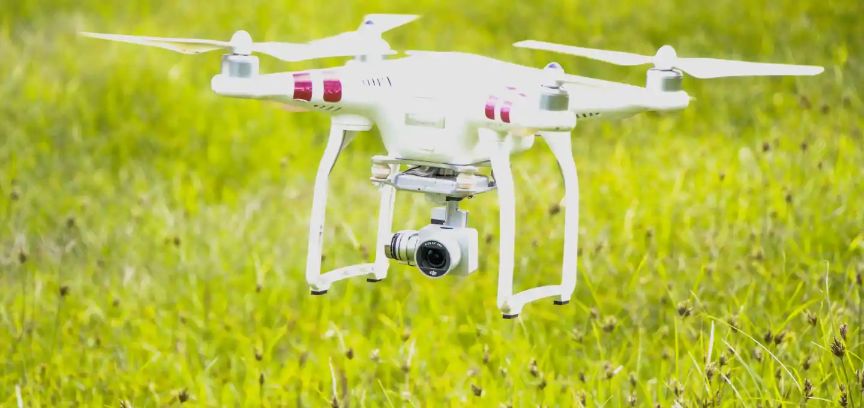Aerial Spraying Drones: A Revolution in Pesticide Application
5 min read
22 Jul 2024
The agriculture industry is embracing a revolutionary approach to pesticide application—using aerial spraying drones. These unmanned aerial vehicles (UAVs) are transforming the way crops are protected from pests and diseases. In this article, we'll delve into the world of aerial spraying drones, exploring their benefits, technological advancements, and their significant impact on modern agriculture.
1. Precision and Efficiency
Aerial spraying drones offer unmatched precision in pesticide application. They can precisely target specific areas of a field, minimizing pesticide wastage and reducing the environmental impact. This precision ensures that crops receive the right amount of protection, promoting healthier yields while minimizing the ecological footprint of farming practices.

2. Speed and Coverage
Drones cover agricultural fields with remarkable speed. They can cover large areas in a fraction of the time it takes traditional ground-based methods. This speed is crucial, especially when dealing with time-sensitive pest or disease outbreaks. Farmers can respond swiftly to threats, preventing extensive crop damage.
3. Reduced Human Exposure
Traditional pesticide application methods often require farmworkers to handle chemicals directly, posing health risks. Aerial spraying drones reduce human exposure to pesticides. Operators can manage the process remotely, enhancing safety for both agricultural workers and consumers by minimizing contact with harmful substances.
4. Challenging Terrain Access
Agricultural fields aren't always easy to access, especially in hilly or remote areas. Aerial spraying drones can navigate challenging terrains, reaching locations that are hard to access by traditional machinery. This accessibility ensures that all crops receive the necessary protection.
5. Environmental Benefits
Reducing pesticide wastage and minimizing chemical runoff into water sources are critical environmental benefits of aerial spraying drones. These UAVs can be equipped with advanced sensors and AI systems to optimize pesticide usage, benefiting both agricultural productivity and the environment.
6. Technological Advancements
The technology behind aerial spraying drones is advancing rapidly. Drones are becoming smarter, with the ability to autonomously map fields, identify areas requiring treatment, and adjust spraying rates in real-time. These advancements enhance efficiency and accuracy in pesticide application.
7. Regulatory Compliance
The use of aerial spraying drones is subject to regulations aimed at ensuring safety and environmental protection. Regulatory bodies work closely with the agriculture industry to establish guidelines for drone pesticide application. Compliance with these regulations is crucial for the responsible use of this technology.
8. Future of Agriculture
Aerial spraying drones are poised to become a cornerstone of modern agriculture. As technology continues to advance and regulations evolve, their role in pest management and crop protection will expand. Farmers will increasingly rely on these UAVs to enhance yields, reduce costs, and adopt more sustainable farming practices.
Conclusion: A Greener Future for Agriculture
Aerial spraying drones represent a significant shift in how pesticides are applied in agriculture. Their precision, speed, and reduced environmental impact make them a game-changer for the industry. As the agriculture sector continues to embrace technology, we can look forward to a greener and more sustainable future, where drones play a pivotal role in protecting crops and feeding a growing global population.
More Articles

Hollywood's Reflection of Reality: Movies Based on Real-Life Incidents
2 min read | 15 Apr 2024

Exploring the Pinnacle of Sci-Fi Cinema: Top Science Fiction Movies of Hollywood
2 min read | 14 Apr 2024

Meghan's Hollywood Dreams: A Journey Towards Lifestyle Branding and Reinvention
3 min read | 13 Apr 2024